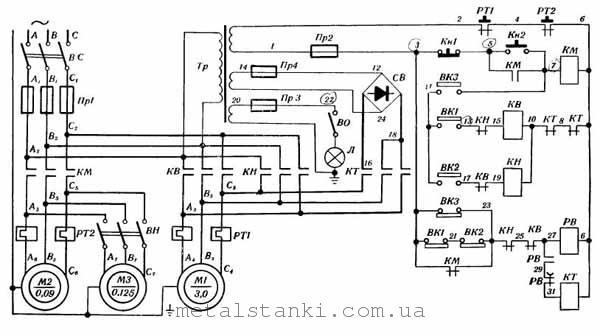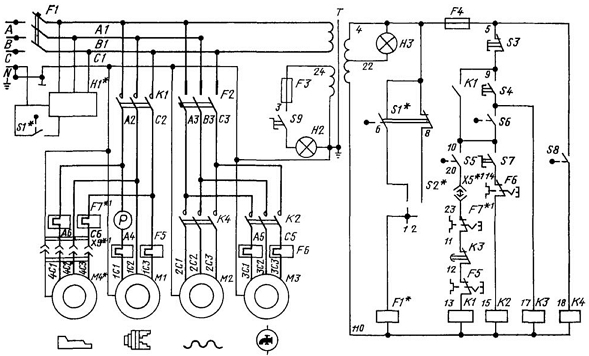BELT RAKES Our belt rakes have over time proven themselves with reliable and precision work. They are an essential piece of machinery on all farms, big and small.
Pendular 3- point headstock ±6 degrees ensures the efficient ground contour following and a longer lifespan of the PTO shaft. The machine's universal design enables: • rear mounting • front mounting Adjustment of wheel height with a lever. The curtain remains on the belt rakes at all times. Switching between raking and tedding is done using the bolt. Support wheel for simple coupling of the machine to the tractor and manoeuvring of the machine during storage. F A swivel support wheel for simple attaching of the machine to the tractor.

This article is about the Nissan Pulsar. For the Nissan Pulsar EXA and Nissan Pulsar NX, see.
This game also features a post-game, where you can win the rival trucks, race with them against other rivals and even use the rival trucks in multiplayer mode. For the first time in the series you can race with a friend with the new multiplayer-system. Download game art truck battle iso.
Nissan Pulsar Overview Manufacturer Production 1978–2005 2013–present Body and chassis (1978–1995) (1995–2005, 2013–present) Chronology Successor The Nissan Pulsar is a and produced by the Japanese automaker from 1978 until 2000, when it was replaced by the in the Japanese market. Between 2000 and 2005, and then since 2012, the name 'Pulsar' has been used in Australia and select Asian countries on rebadged versions of the Sylphy and similar model. In 2014, a European-only replacement for the Tiida was introduced using the Pulsar nameplate. The original Pulsar was a hatchback to be sold exclusively at a different Nissan Japan dealership network called as a larger five-door hatchback alternative to the. Although Pulsar models were front-wheel drive from introduction, Nissan did offer as an option on select models internationally. The Pulsar sold in Japan originally served as the intermediate model offered at Nissan dealerships Nissan Cherry Store between the and the Cherry, while different versions of the Pulsar sold at other Japanese networks served as the base model, with other larger Nissan products.
Various Pulsar-based models were exported as international market conditions dictated, sometimes labeled as 'Sunny', 'Cherry' or 'Sentra', while the internationally labeled product was actually a Pulsar and not a Japanese market Sunny or Cherry. A (portmanteau of pulsating star) is a highly magnetized, rotating, as the Nissan Pulsar was built from the Sunny sedan. • 988 cc • 1270 cc I4 • 1488 cc I4 • 1488 cc I4 • 1597 cc I4 • 1680 cc I4 Dimensions 2,415 mm (95 in) Length 3,960 mm (156 in) Width 1,620 mm (64 in) Height 1,390 mm (55 in) 820 kg (1,808 lb) A more angular version was announced in April 1982, making its European debut in October. By this time, Nissan had more or less standardised its naming policy worldwide, so as a Nissan it tended, except in European markets, to be known as the Pulsar. In Europe it retained the 'Cherry' moniker, and in Malaysia and South Africa it was sold as the Nissan Langley. This generation Pulsar sedan or hatchback was sold in North America only for model year 1983.

Some unusual options were carried over from the previous generation, such as rear locks (on four-door models) remote operated by cable from the front seat. The rear could also be controlled with a slider mounted beneath the driver's seat. Facelift Nissan Pulsar sedan (Japan) In 1986, Nissan's design chief refused to follow the smoother, aerodynamic look of other cars, and told his design team to come up with an affordable, subcompact car. [ ] A squarer Pulsar N13 series was released as a result; innovations included a permanently four-wheel drive model with a which appeared in May 1986.